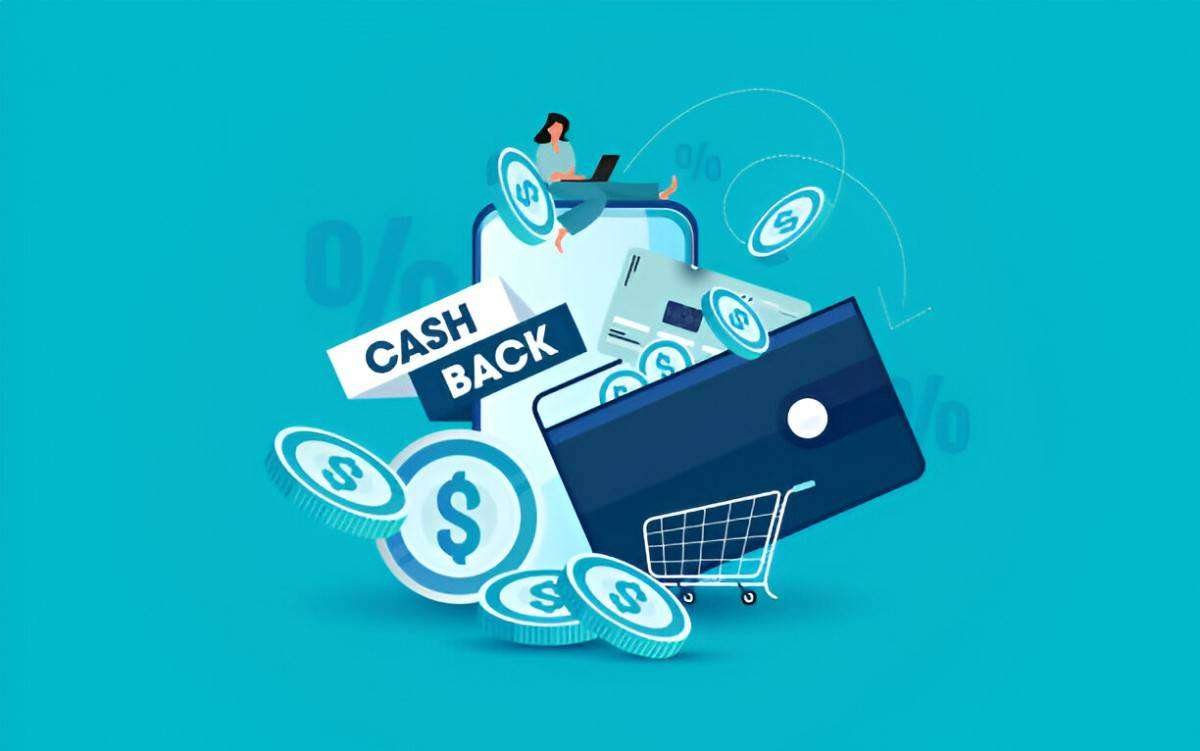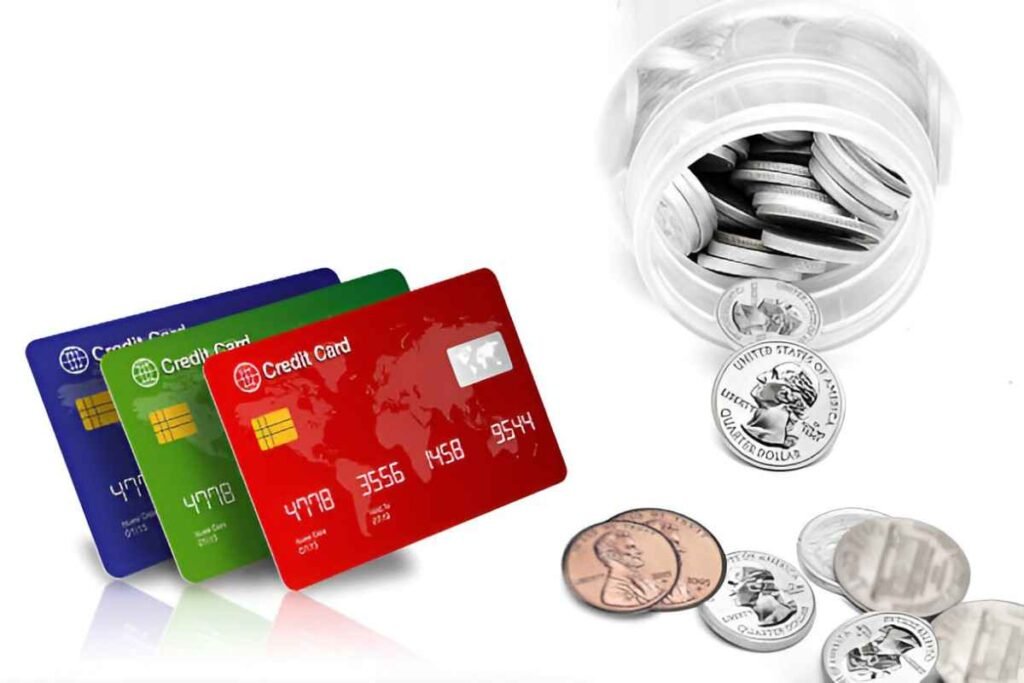When I first started exploring credit cards, the idea of earning cash back on every purchase seemed like a dream. Fast forward a few years, and I’ve learned that some credit cards offer extraordinary cash-back rewards, especially the ones that offer a flat 5% cash back on every purchase. This type of credit card can be incredibly valuable, but like with anything financial, it’s important to understand all the factors involved. In this article, I’ll break down how a 5% cash back on everything credit card works, the benefits and drawbacks, how to maximize your rewards, and compare it to other popular cash back options.
Table of Contents
What is a 5% Cash Back on Everything Credit Card?
A 5% cash back on everything credit card, as the name suggests, offers a flat 5% cash back on every purchase you make, regardless of the category. Unlike traditional cash-back cards, which might only offer higher cash back for specific spending categories such as dining, travel, or groceries, a 5% flat-rate card applies that rate to all of your purchases. This makes it an excellent choice for people who want to earn rewards without having to keep track of rotating categories or bonus categories.
While there are several 5% cash-back cards available in the market, they tend to have different terms, fees, and reward structures. Some might charge an annual fee, others might offer promotional offers for new users, and some could have limitations or restrictions when it comes to earning cash back.
The Benefits of a 5% Cash Back on Everything Credit Card
One of the key advantages of a 5% flat-rate cash-back card is its simplicity. There are no rotating categories to worry about, no need to activate special offers, and no special sign-ups required. I can simply use the card for every purchase and enjoy 5% back on everything from groceries to gas to online shopping.
Here’s a breakdown of some of the benefits I’ve personally found with such cards:
- Simplicity and Convenience: I don’t need to worry about changing categories or keeping track of which spending categories offer higher cash back.
- Unlimited Earnings: Most 5% flat-rate cards do not cap your rewards, which means I can earn cash back on all my purchases.
- Versatility: Since I earn 5% on every purchase, this card can be used for a wide range of expenses, making it incredibly versatile.
- No Categories to Track: I can simply swipe my card, and the 5% cash back is automatically applied, which is great if I’m not keen on tracking or remembering rotating categories.
- Consistency: I know exactly what I’m getting with every purchase. There’s no need to wait for bonus categories to align with my spending.
Drawbacks of a 5% Cash Back on Everything Credit Card
While a 5% cash-back card seems like the perfect fit for many, there are some drawbacks to keep in mind. Let’s go over them to ensure that I have a clear picture of both the pros and cons:
- Limited to Specific Cards: Not every credit card offers 5% cash back on all purchases. Often, this is reserved for select cards with particular terms or restrictions.
- Annual Fees: Some of these cards come with an annual fee, which can offset the value of the 5% cash back, especially if the annual fee is high.
- Interest Rates: If I don’t pay off my balance in full each month, the interest rates can be quite steep, diminishing the overall value of the rewards.
- Potential Reward Caps: Some cards that offer 5% cash back on everything might impose caps on how much cash back I can earn, often up to a certain spending threshold.
- Not Always the Best for Large Purchases: Depending on my spending patterns, a 5% cash-back card may not always be the best option for large purchases, particularly if other cards offer higher rewards in specific categories.
How to Maximize Your 5% Cash Back
To make the most of a 5% cash-back card, it’s important to use it for all purchases that don’t have better alternatives. Let’s look at a few ways to maximize my rewards:
- Everyday Spending: I can use this card for regular, day-to-day expenses like groceries, gas, and dining out. Since there are no category restrictions, I’m earning 5% cash back across the board.
- Online Shopping: Many online retailers offer the ability to use credit cards, and a 5% card can be used for almost all online purchases, whether I’m buying clothes, electronics, or everyday household items.
- Recurring Payments: For recurring bills, such as subscriptions or utilities, I can set up payments with my 5% cash-back card to earn rewards without any extra effort.
- Large Purchases: If I’m planning a larger purchase that doesn’t fit into a specific category with a higher reward, I can use my 5% cash-back card to earn 5% on the entire amount.
Example of Earnings with a 5% Cash Back Card
Let’s take a look at a simple example to see how much I could earn with a 5% cash-back card. Let’s assume that I spend the following over the course of a month:
| Expense Category | Amount Spent | Cash Back Earned (5%) |
|---|---|---|
| Groceries | $300 | $15 |
| Gas | $150 | $7.50 |
| Dining Out | $100 | $5 |
| Online Shopping | $200 | $10 |
| Subscription Fees | $50 | $2.50 |
| Total | $800 | $40 |
In this example, I would earn $40 in cash back for spending a total of $800 across various categories. This simple breakdown shows how my everyday spending can add up to significant cash back, especially when I use my card for all my purchases.
Comparing 5% Cash Back Cards
Now, let’s compare a few popular 5% cash-back cards to see how they stack up. I’ll be comparing the Chase Freedom Flex and the Citi Double Cash cards, which offer different types of rewards, even though both provide substantial cash back.
| Feature | Chase Freedom Flex | Citi Double Cash Card |
|---|---|---|
| Annual Fee | $0 | $0 |
| Cash Back Rate | 5% on rotating categories, 1% on other purchases | 2% on every purchase (1% when you buy, 1% when you pay) |
| Sign-Up Bonus | $200 after $500 in purchases in the first 3 months | No sign-up bonus |
| Bonus Categories | Rotating categories (up to 5%) | None |
| Foreign Transaction Fee | 3% | 3% |
| Reward Caps | $1,500 quarterly in bonus categories | None |
As you can see, while the Chase Freedom Flex offers 5% cash back, it only applies to rotating categories, which requires tracking and activation. The Citi Double Cash Card, on the other hand, offers a flat 2% back on all purchases (1% when you buy and 1% when you pay), making it a simpler option for those who prefer consistency.
Calculating Cash Back Over a Year
Let’s calculate how much I would earn in cash back over the course of a year if I spent $15,000 annually across various purchases, including groceries, dining, travel, and other expenses. Let’s assume I use a 5% flat-rate card with no spending caps or limitations.
| Expense Category | Annual Spending | Cash Back (5%) |
|---|---|---|
| Groceries | $3,000 | $150 |
| Dining | $2,000 | $100 |
| Gas | $1,500 | $75 |
| Travel | $3,000 | $150 |
| Online Shopping | $2,500 | $125 |
| Subscriptions | $1,000 | $50 |
| Total | $15,000 | $750 |
If I use this 5% cash-back card for all my purchases, I would earn $750 in cash back at the end of the year.
Final Thoughts
In conclusion, a 5% cash back on everything credit card can be an incredibly rewarding tool for managing my finances and maximizing rewards. By using it for all my purchases, from daily groceries to larger purchases, I can accumulate substantial cash back over time. However, it’s essential to carefully evaluate the card’s fees, terms, and any limitations it may have.
When choosing the right card, I would recommend considering not only the cash-back rate but also the associated fees, reward caps, and whether the simplicity of a flat-rate card is worth the potential opportunity cost of other rewards cards. If simplicity and consistency are my priorities, a 5% flat-rate card can be an excellent choice for earning rewards on every purchase.





